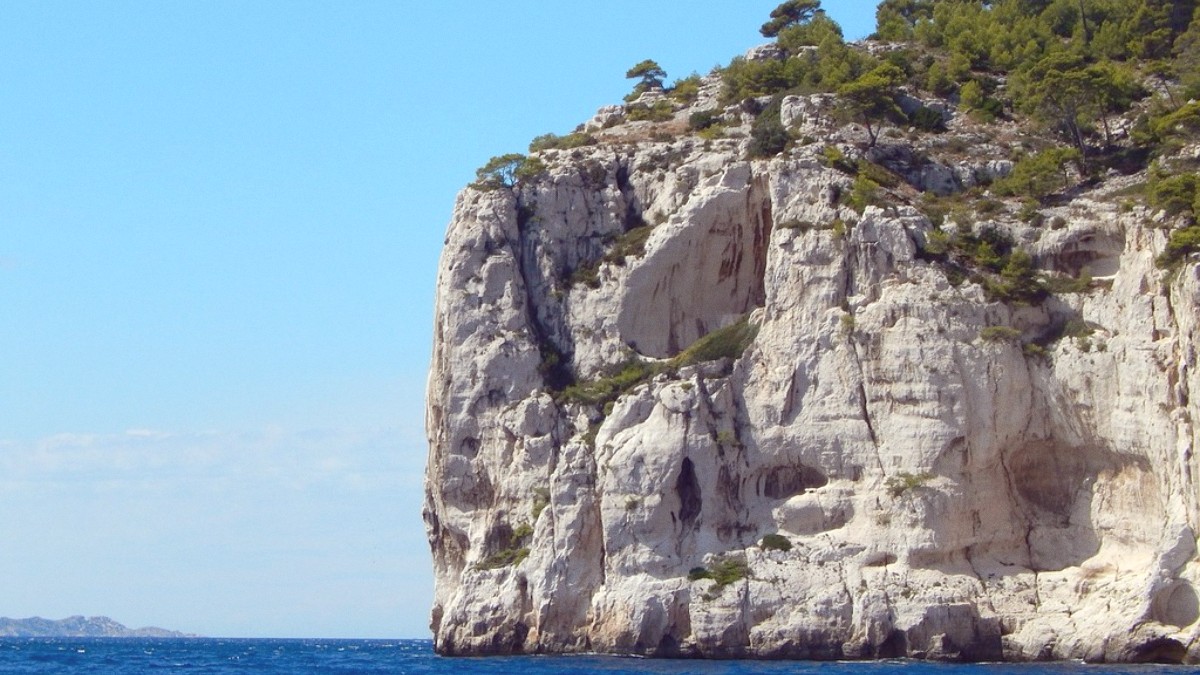
South Coast, Cambodia
Crab Market: Famous for freshly caught blue crabs. A line of seafood restaurants built on stilts over the water are next to the market. The market is the economic and culinary heart of modern Kep. It is a place of lively activity and local interaction.
Kep National Park: This sprawling area of forested hills has panoramic views of the coastline, islands, and the Vietnamese border. An 8-kilometer hiking trail is maintained. The park is a natural escape. Opportunities for moderate physical activity are present.
Less crowded times and secret viewpoints: National Park: Weekdays are less busy than weekends. Use side trails off the main loop for quieter moments and different views. Crab Market: Mornings are less busy than evenings if a quieter experience is preferred.
Abandoned Villas: While not archaeological, these have a powerful historical ruin experience. They are remnants of 1960s architecture. Their decay narrates a story of a bygone era and political upheaval.
Wat Kiri Sela: A pagoda on a hill within Kep National Park. Serene views and a place for quiet reflection are present. Phnom Chhngok Cave Temple: Near Kampot, this site is reachable as a day trip. It has an ancient pre-Angkorian brick temple inside a limestone cave. An entrance fee applies. A unique blend of natural and historical elements is here.
The Crab Statue on the promenade is an iconic symbol of Kep. It celebrates the town's famous seafood. No major memorial sites are in Kep related to historical conflicts.
Kep's natural beauty creates opportunities for outdoor exploration and relaxation.
Kep National Park: This park is a significant natural attraction. It is good for hiking and has wide views.
Sunset Rock (within Kep National Park): This spot has panoramic views of the coast and islands. It is a good place to watch the sun set over the Gulf of Thailand. Phnom Sar Sear Cave (near Kampot): This cave complex has a temple inside. Views from the top of the hill are present. A good option for a short day trip.
Kep National Park is home to various bird species. Monkeys, like macaques and langurs, and small mammals are seen.
Kep Beach: The main public beach in Kep, for relaxation and casual strolls. Rabbit Island (Koh Tonsay): Has beautiful sandy beaches and clear waters. This makes it good for swimming and snorkeling. A more pristine beach experience is present than Kep.
Limestone karst formations are visible in the landscape around Kep and Kampot. These formations include caves like Phnom Chhngok. They form striking natural scenery.
Sre Ambel Salt Fields: These fields are on the way to Kampot. A glimpse into traditional salt production is present. Observation of the process is possible, especially during the dry season. Pepper Farms (in Kampot): Visiting smaller, less commercialized pepper farms shows the famous spice. Cultivation and processing are understandable.
Explore local fishing villages along the coast. A genuine look into the daily lives of local communities is here. They are usually very quiet and welcoming.
The entire Kep-Kampot region is generally an emerging destination. It has fewer visitors than Siem Reap or Phnom Penh. This means the whole area feels like a hidden gem compared to Cambodia's main tourist areas.
Kep has many unique settings for photographs.
Kep has stunning sights. This gallery highlights its famous landmarks and natural beauty.
./images/abandoned_french_villa_kep.jpg
./images/wat_kiri_sela_pagoda.jpg
./images/phnom_chhngok_cave_temple.jpg
These images show the diverse attractions in Kep.
They range from historical ruins to serene religious sites and unique natural landscapes.